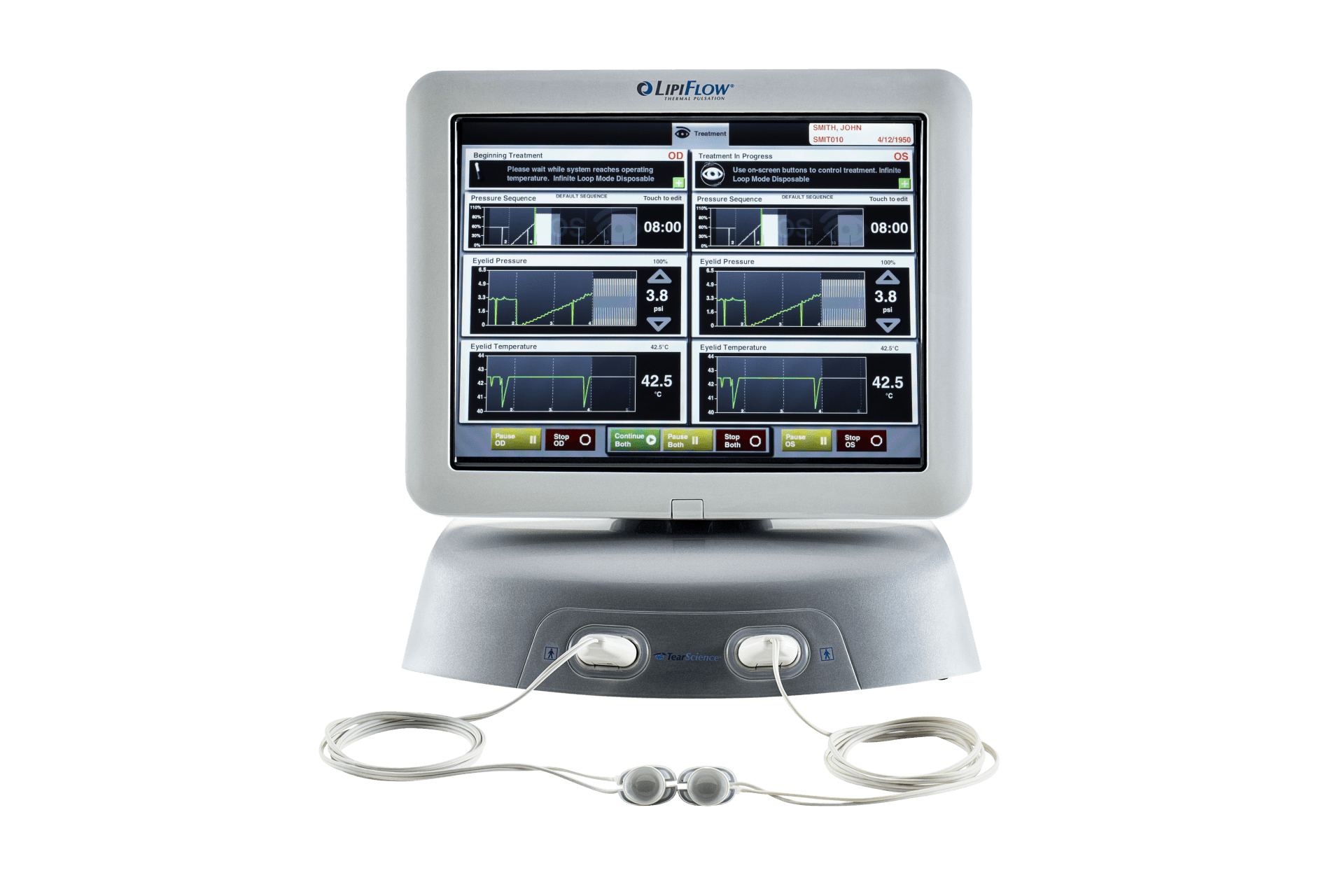DRY EYE CLINIC
What is Dry Eye Syndrome?
Dry Eye Syndrome is one of the most common eye conditions.
Dry Eye Syndrome is characterised by the lack of adequate lubrication for the eyes. Tears which compose of water, fatty oils and mucus play an important role in lubricating and nourishing the outer surface of the eye.
Symptoms of Dry Eye Syndrome
The symptoms of Dry Eye Syndrome can be seen in both eyes or only one and may include:
- red eyes,
- burning eyes,
- irritation of eyes,
- watery eyes,
- foreign body sensation,
- eye fatigue, and
- a sensitivity of the eye to light.
Some patients also complain of blurred vision.
What Cause Dry Eyes?
Dry Eye Syndrome is commonly caused by a lack of adequate tears. Dry Eye Syndrome can be caused by:
- decreased tear production from the lacrimal glands (Aqueous Deficient Dry Eyes),
- increased tear evaporation (Evaporative Dry Eyes),
- an imbalance in the makeup of tears, or
- contact lens intolerance
Decreased Tear Production (Aqueous Deficient Dry Eyes)
Decreased Tear Production can be caused by any of the following:
- Aging (insufficient tear production occurs after age 50)
- Medical conditions, such as diabetes, rheumatoid arthritis, lupus, scleroderma, Sjogren's syndrome, thyroid disorders and vitamin A deficiency
- Medications, such as antihistamines, decongestants, hormone replacement therapy, antidepressants, and anti hypertensive drugs, acne, oral contraceptive and Parkinson's disease
- Laser vision surgery
- Tear gland damage from inflammation or radiation
Increased Tear Evaporation (Evaporative Dry Eyes)
When the Lipid layer component of the tear film is lost.
Increased tear evaporation can be caused by:
- Exposure to dry wind, smoke, air conditioning or dry air
- Reduced Blinking, which tends to occur when you are concentrating, for example, while reading, driving or continuous working at a computer
- Eyelid problems, such as out-turning of the eyelids (ectropion) or in-turning of the eyelids (entropion)
Imbalance in Tear Composition
Imbalance in Tear Composition can cause Dry Eye Syndrome as the tear film has three basic layers: oil, water and mucus. Problems with any of these layers can lead to dry eyes.
Meibomian Gland Dysfunction (MGD)
What many longtime dry eye sufferers may not realize is that dry eyes is often caused by MGD, which occurs when the tiny Meibomian glands in eyelids become blocked and are unable to protect the tear film by secreting the necessary oil component. Eventually, if a Meibomian Gland stays blocked for long enough, it will die off, and your symptoms will grow even worse.
While MGD has traditionally been hard to treat, there’s a breakthrough therapy that’s making it far simpler to do: the LipiFlow® Thermal Pulsation System, which uses a cutting-edge device to heat up and massage away the blockage in just 12 minutes, right in our office.
How is Dry Eye Diagnosed?
Diagnosis of Dry Eye Syndrome involves:
- A detailed review of medical history,
- A comprehensive examination of the eyes,
- Dry Eye comparative Questionnaire
- Tears volume check,
- Tear Osmolarity/ Composition Tear Lab
- LipiScan to examine the Meibomian Glands
Treatment for Dry Eye Syndrome
The basic approach of treating Dry Eye Syndrome is:
Eye Drops
Eye Drops can be used to improve the quality and quantity of tears by conserving tears, using artificial tears and increasing tear production.
The artificial tears approach includes the use of eye drops or eye ointments to retain the moisture of the eyes.
You may also be recommended an anti-inflammatory eye-drop therapy or Omega-3 Fatty acids to reduce inflammation.
Eye Maintenance
In addition, your ophthalmologist may ask you to perform daily eyelid hygiene using warm compresses in order to control blepharitis.
Tear Duct Plugs
If conservative treatments are ineffective, your ophthalmologist may help conserve your tears by surgically blocking the tear ducts with tiny silicone plugs to reduce tear loss.
BlephEx™Treatment
This is a hand-held eyelid cleaning device which gently removes debris and exfoliates your eyelids. This is performed on patients suffering from Blepharitis and also in conjunction with the Lipiflow treatment to optimise results.
LipiFlow® Thermal Pulsation System
LipiFlow is the most advanced treatment for MGD, which uses an activator to control the amount of heat and pressure applied to the inner eyelids which unblocks the glands and allows for a natural production of oils needed for your tear film. It is performed in our Bondi Junction consulting rooms by our orthoptists in a safe and sterile environment.
For more information please visit the Johnson and Johnson link below.
Possible Dry Eye Complications
Dry Eye Syndrome does not usually produce any serious complications, but it can sometimes lead to an increased risk of:
- eye infection,
- eye inflammation,
- corneal scarring,
- contact lens intolerance
- post-operative outcomes of cataract surgery if left untreated and
- vision problems.
Also, dry eyes may affect the quality of life as it can increase the difficulty in performing everyday activities, such as reading or watch a screen for prolonged periods.








